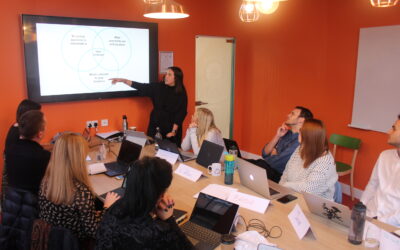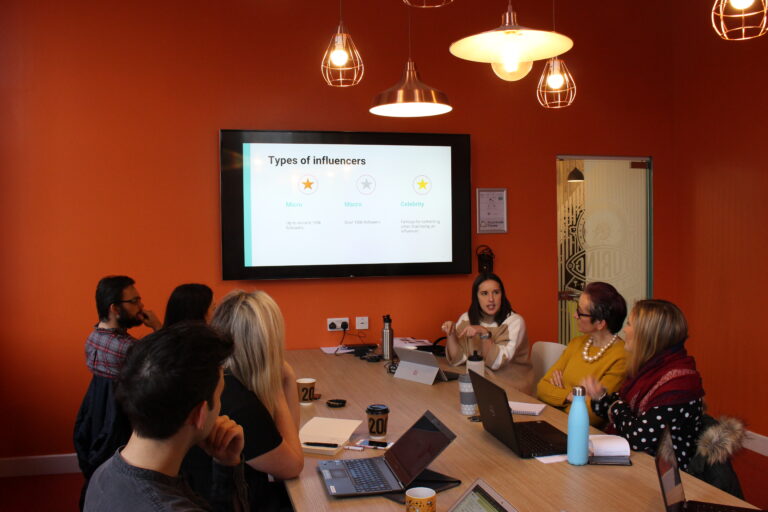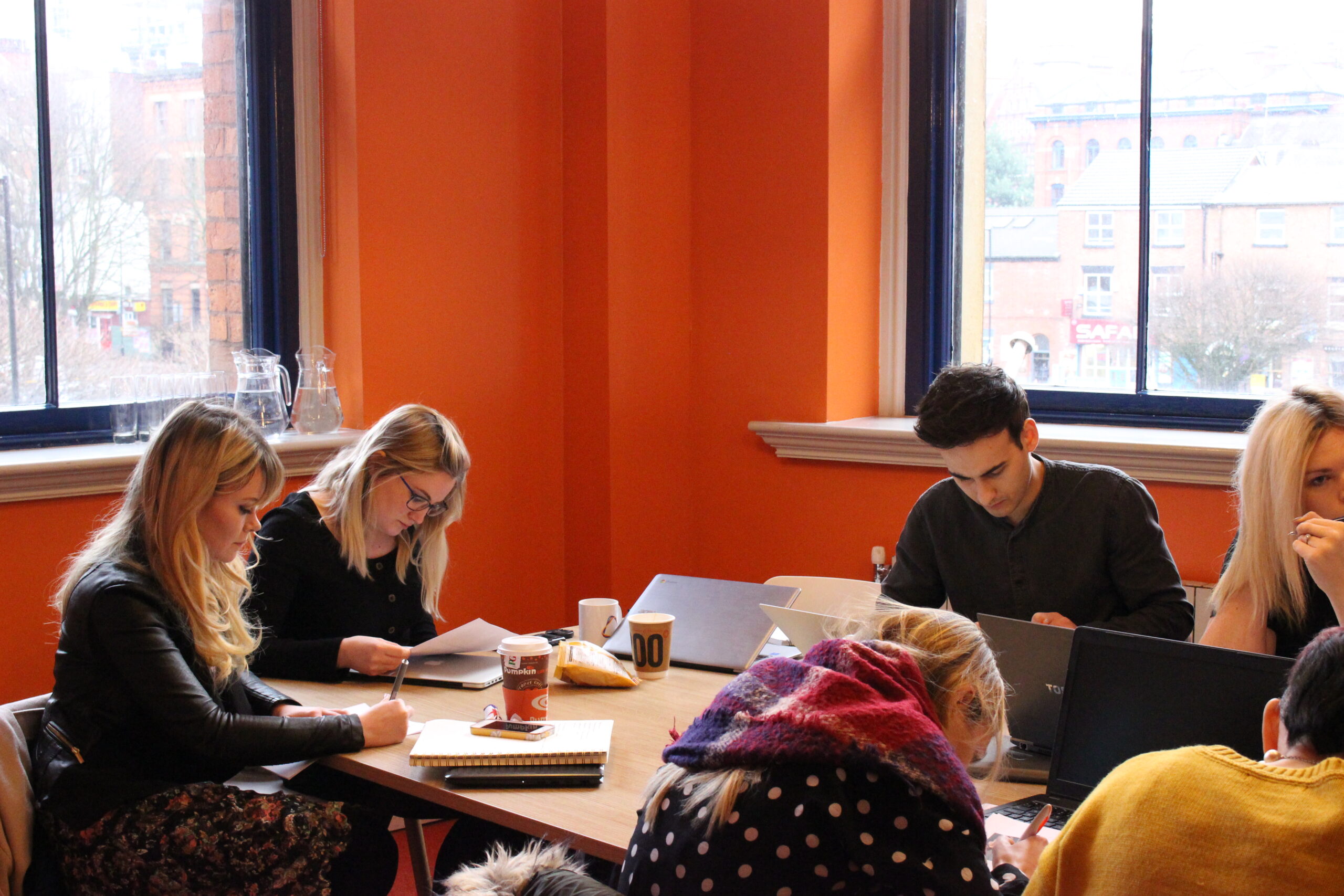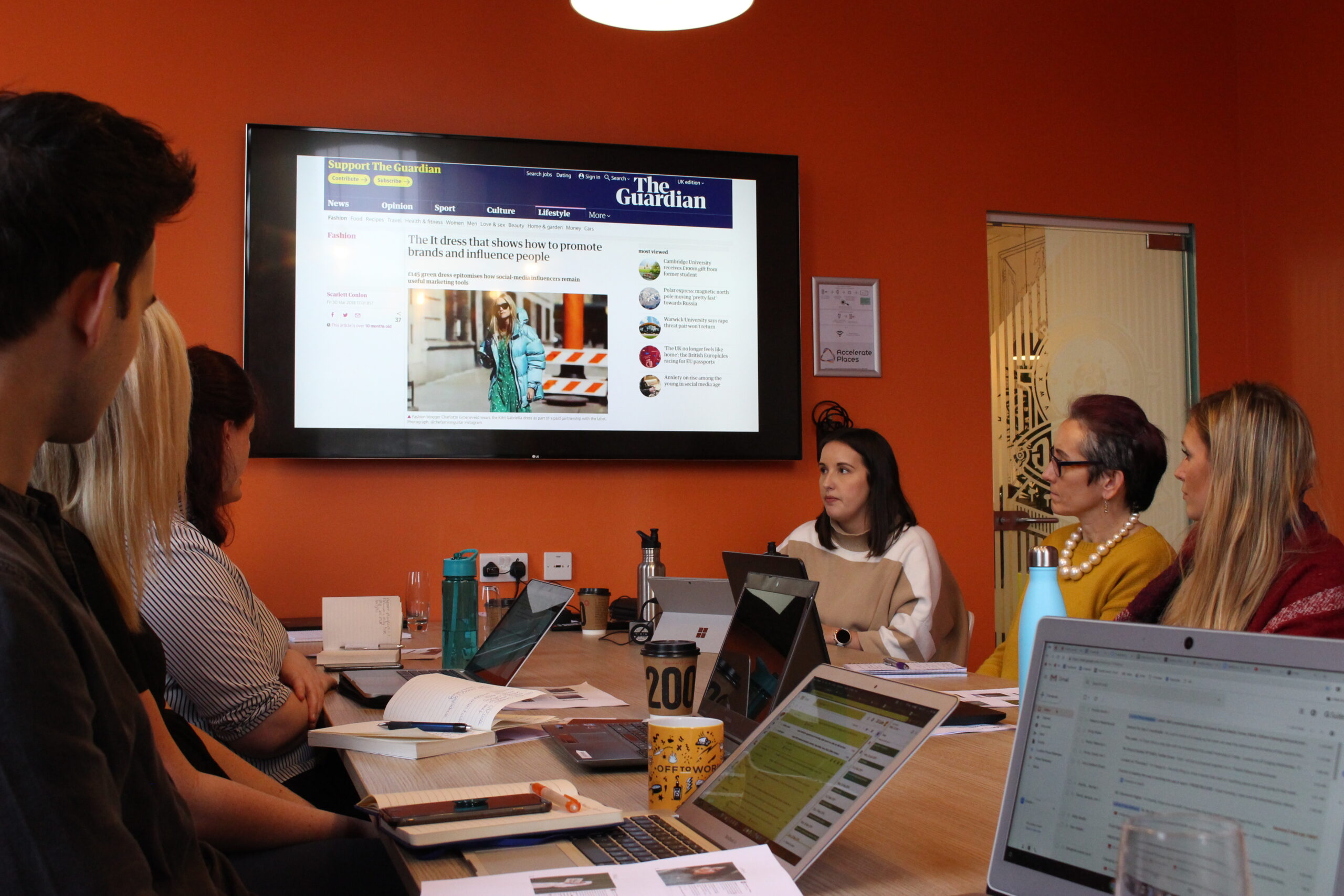First, Laura showed how there had been a rise in the popularity of influencer marketing over recent years. Her first piece of advice was to think twice about working with the biggest names. “Influence isn’t the same as awareness,” said Laura – in fact, it’s those with followings between 10,000 and 100,000 who can have the biggest impact.
She showed the group concrete examples of best and worst practice, and why these case studies took off, or fell at the first hurdle.
The most substantial part of the day came as Laura turned her attention to the legal situation. The ASA and CMA are cracking down on those flouting rules on transparency. There can be no potential for confusion over whether what users are seeing is an advert, so clarity is crucial. There are also other rules surrounding press trips, gifted products, and previous collaborations.
There still appear to be grey areas for the advertising rules, with cases dependent on context. Delegates at the training discussed how they might go forward without breaking the rules, and each of their specific situations was explored.
Throughout the session, there were also a selection of writing and presenting tasks set for guests, allowing them to share ideas and inputs, and take initial campaign suggestions back with them. There were also recommendations of tools – including analytics, fake follower checkers, and social insights – for making the most of influencer marketing.
The Working With Influencers course covered the following subjects:
- Types of influencers
- Finding the right influencers
- Why you should use influencers
- Approaching influencers
- Good and bad examples of influencer marketing/relations
- Staying on the right side of the law and Google guidelines
- Integrating influencer activity
- Reporting on influencer marketing
- Organic influencer marketing
Covering a range of crucial industry topics, click here to find a Prolific Training session for you or a colleague.














